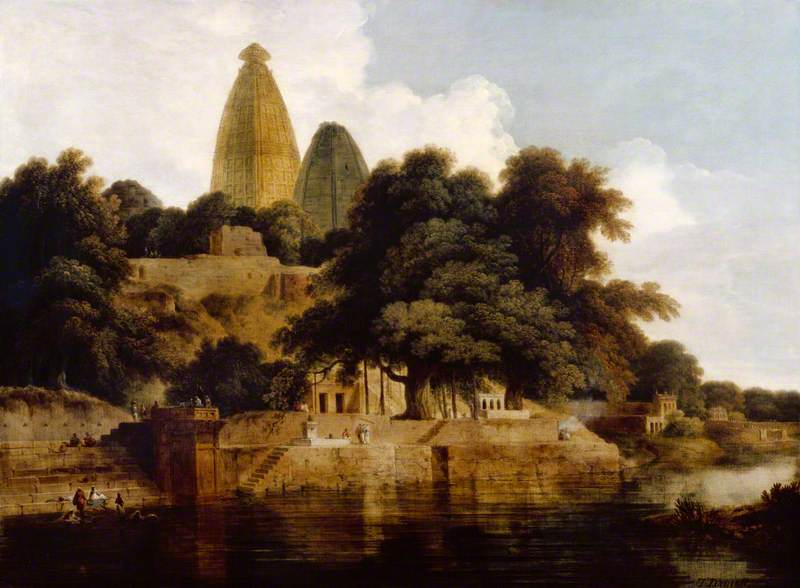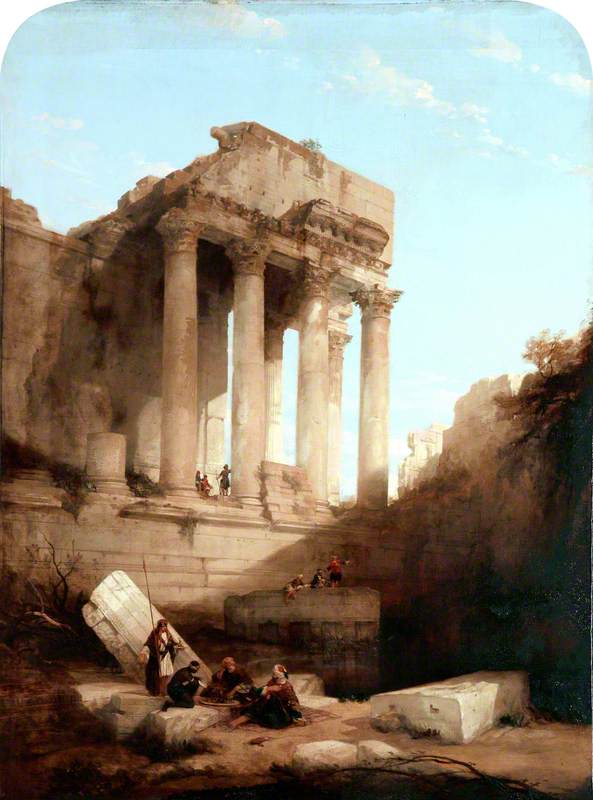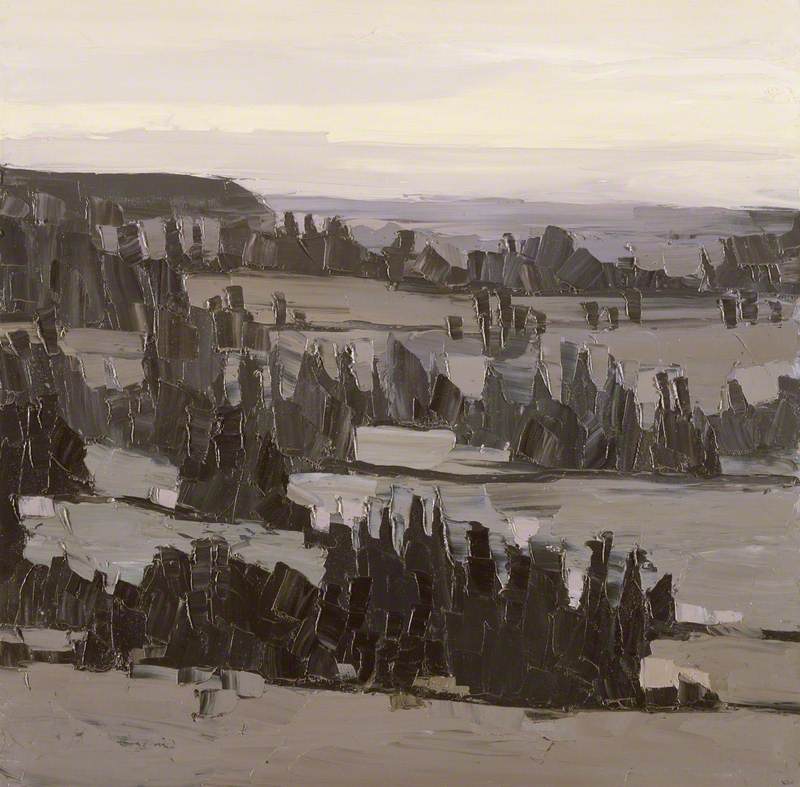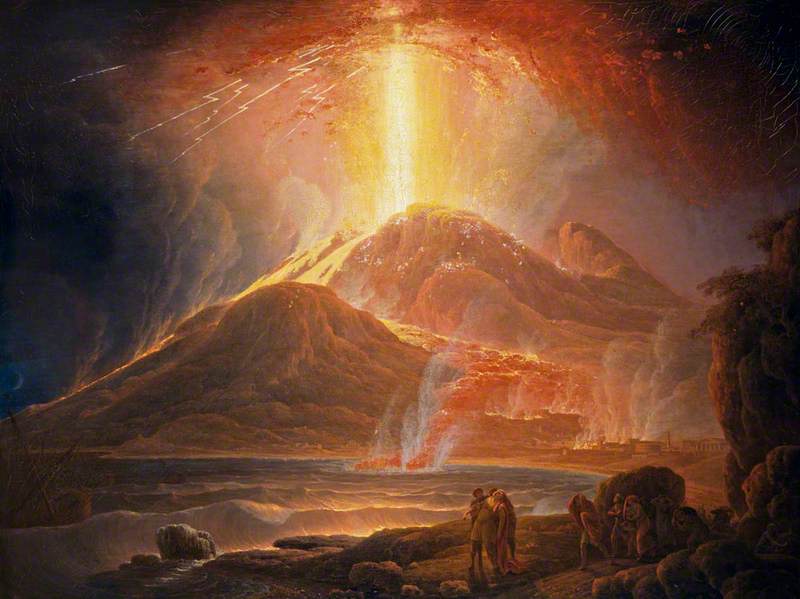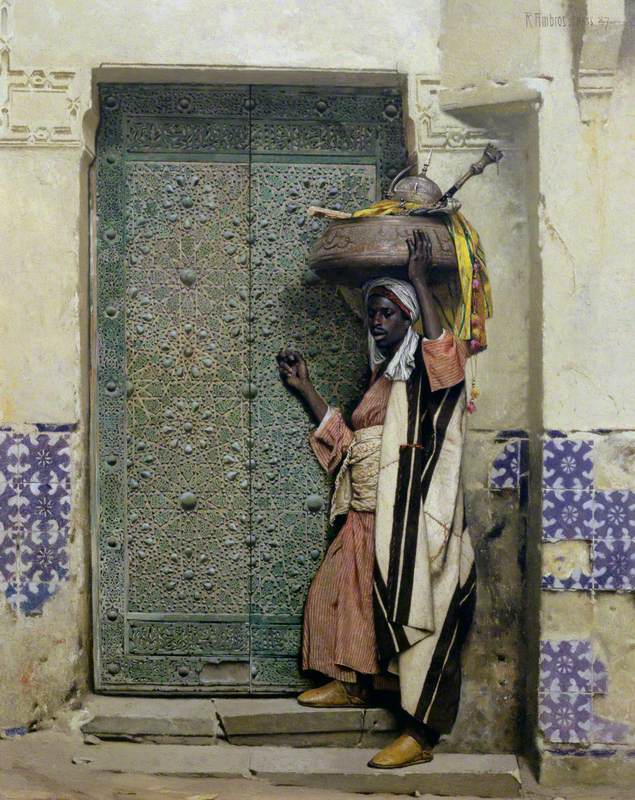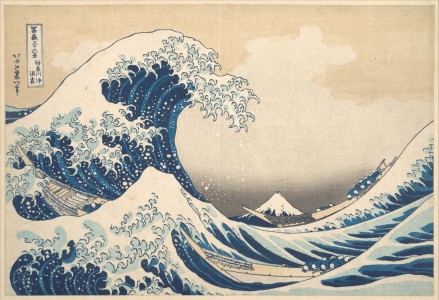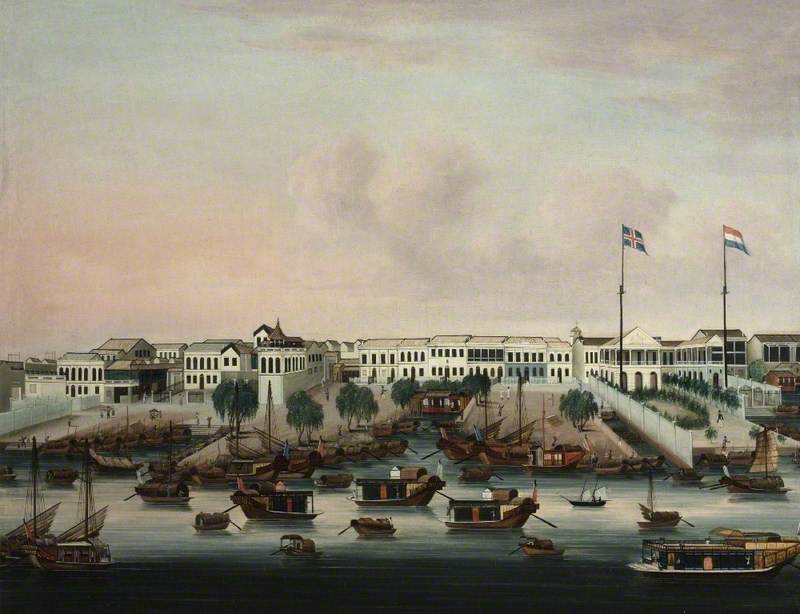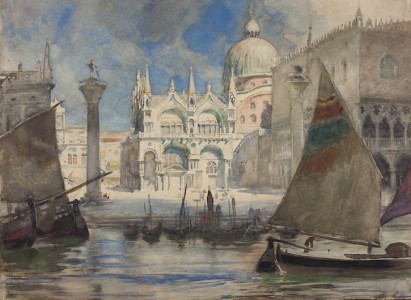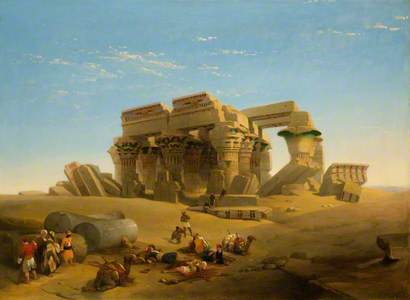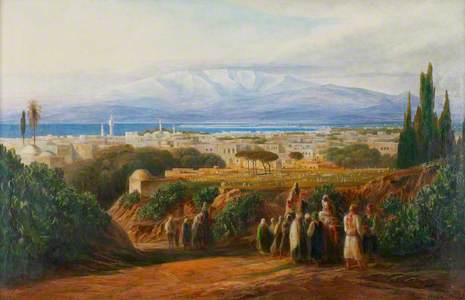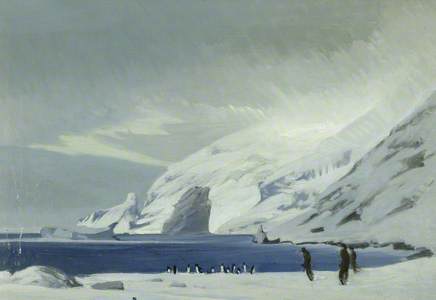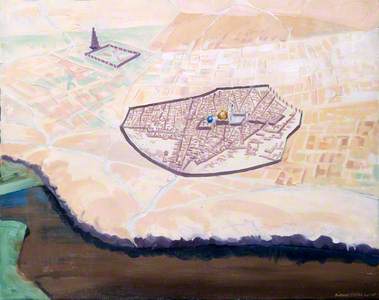With the Brexit transition period having ended on 31st December 2020, new rules now apply to UK citizens wishing to travel within Europe. These changes mark the latest chapter in Britain's long history of international travel. Yet, historically speaking, issues around borders, passports and freedom of movement are relatively recent.
The Pass of Saint Gotthard, Switzerland
1803–1804
Joseph Mallord William Turner (1775–1851) 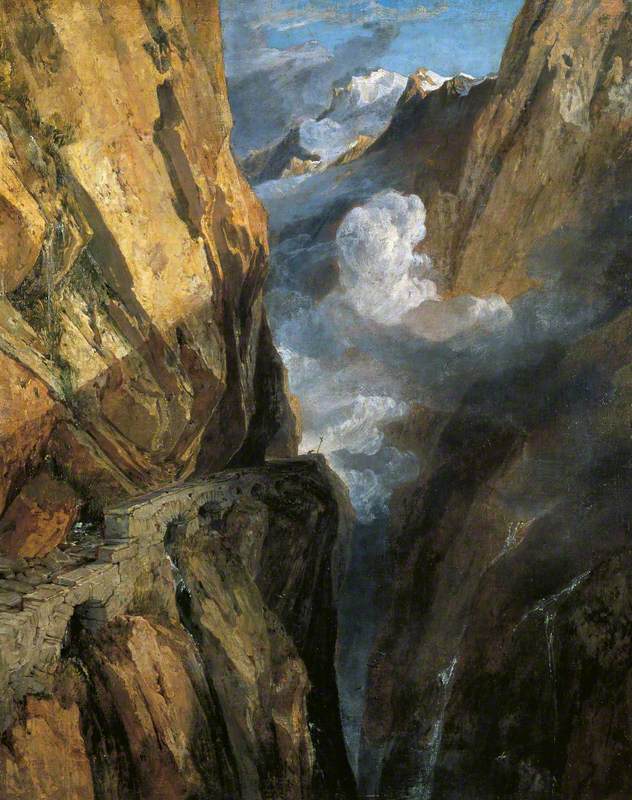
In the eighteenth and nineteenth centuries, there were surprisingly few restrictions for those wanting to travel to mainland Europe or further. France, the Low Countries, Switzerland and Italy were just some of the countries that attracted generations of British travellers. Among them were many landscape painters who undertook extended tours of the Continent to experience its wealth of cultural and scenic riches. J. M. W. Turner (1775–1851), for example, was an inveterate traveller and journeyed through continental Europe several times.
Europe, however, was by no means the only continent that British landscape painters set their sights on. The more adventurous artists travelled to distant parts of the world in search of places that had rarely, if ever, been committed to canvas. Some artists travelled with expeditions, others travelled alone. Yet they all shared a desire to experience different cultures and unfamiliar landscapes, and the paintings they produced would ultimately enrich Britain's knowledge and understanding of the world.
As Britain seeks to reaffirm its image as an outward-looking nation, it seems apt to look at the work of those artists who set out to see and paint the world. The selection of artists and paintings featured here will take the armchair traveller on a truly global trip. Thankfully, no jet-lag or sea-sickness will be experienced and no passport is required.
William Hodges
A View of Matavai Bay in the Island of Otaheite, Tahiti
1776
William Hodges (1744–1797) 
Among the first of the great British artist-travellers was William Hodges (1744–1797). He had been a pupil and assistant of Richard Wilson (1713/1714–1782), and gradually emerged as an artist in his own right. An extraordinary career-making opportunity came in 1772 when he was invited to be the official artist for Captain Cook's second voyage to the southern hemisphere. His objective, as outlined by the British Admiralty, was 'to make drawings and paintings as may be proper to give a more perfect idea thereof than can be formed from written descriptions only.'
Throughout the three-year voyage, Hodges made numerous studies of the places and people he encountered, many of which provided the basis for large oil paintings. A View of Maitavie Bay, Otaheite, Tahiti is one of his most fascinating paintings due to the wealth of information he presents to the viewer. He has incorporated detailed descriptions of the geographic terrain, indigenous sailing craft and Tahitian culture. Such paintings combined the escapist appeal of traditional landscape painting with the Enlightenment thirst for knowledge.
Hodges' most famous Polynesian painting is View of Oaitepeha Bay, Tahiti. In this work, Hodges gave full visual expression to the romantic perception of Tahiti as a tropical paradise. Soaring peaks, swaying palm trees and carefree inhabitants are all included to fuel such a fantasy. However, on closer inspection, Hodges has included what appears to be a shrouded corpse to the far right, implying that death is present even in the most idyllic settings. In short, what resembles a utopia rarely is. Hodges exhibited many of his Polynesian pictures in London to great public interest. Today they remain important visual records of both British exploration and Polynesian life.
Thomas Daniell
As Britain's colonial and global commercial interests increased, so too did the opportunities for artists eager to stand out from their contemporaries. India was one country that attracted ambitious British artists in significant numbers.
Thomas Daniell (1749–1840) was one such artist. He obtained permission from the East India Company to travel to India in 1784 and was accompanied by his 16-year-old nephew, William Daniell (1769–1837), also a talented artist. Between 1786 and 1794 the Daniells toured India, making sketches of the subcontinent's distinctive architecture and natural scenery. On their return to Britain, both men produced paintings and prints inspired by their Indian travels.
A Caparisoned Elephant – Scene near Delhi (A Scene in the East Indies)
1832
William Daniell (1769–1837) 
When Thomas Daniell was elected to the Royal Academy in 1799 he offered Hindoo Temples at Bindrabund, East Indies as his diploma piece, a work that distinguished him from his contemporaries and emphasised his knowledge and direct experience of India. His Indian subjects won him much acclaim, as reflected by a comment made by a contemporary who praised the artist for 'increasing our enjoyment by bringing scenes to our fireside, too distant to visit, and too singular to be imagined.'
David Roberts
The role of artist-traveller continued to be popular throughout the nineteenth century. Edinburgh-born David Roberts (1796–1864) was a highly skilled painter of interiors and architectural views. He fulfilled his desire for travel by first visiting France in 1824. In 1832 he travelled to Spain, an unusual destination for a British artist at the time. His adventurous spirit grew stronger and in 1838 he embarked upon an extensive trip to Egypt and the Holy Land.
Ruins of the Temple, Kom Ombos, Upper Nile, Egypt
1842/1843
David Roberts (1796–1864) 
His tour of the Near East lasted 11 months, during which time he produced sketches of ancient ruins, scenic views and city streets. The paintings and prints he produced from this trip cemented his reputation as one of the leading British artists of his day. His evocative depictions of ancient sites and desert landscapes brought many unfamiliar places to a large and appreciative audience for the first time.
Edward Lear
Second only to Roberts as a great artist-traveller of the Victorian period was Edward Lear (1812–1888), best known for his nonsense poetry but also a talented landscape painter. Lear was epileptic, shy and prone to depression. Travel became a release for him and offered an escape from conventional society. Among the many countries he visited during his nomadic life were Albania, Greece, Egypt, Sri Lanka (formerly Ceylon), Palestine, Jordan, Lebanon and India. His foreign landscape paintings, many of which are topographically accurate and replete with observational details, form a fascinating visual travelogue from one of the most well-travelled artists of the Victorian period.
George E. Marston
Looking East from Lookout Point, Men and Penguins, Elephant Island, 1916
1917
George E. Marston (1882–1940) 
The little-known painter George E. Marston (1882–1940) was the official artist for Ernest Shackleton's Nimrod and Trans-Antarctic expeditions. The latter, although disastrous, proved to be one of the all-time great survival stories. In late 1914, Shackleton and his crew set off for Antarctica onboard the ship Endurance. A few weeks into the expedition, Endurance became trapped by ice in the Weddell Sea and eventually sank. The men took refuge on the uninhabited Elephant Island. While Shackleton and five other men set off to get help, Marston and 21 others sheltered on Elephant Island. Eventually, Shackleton returned on a rescue ship and all the men survived the ordeal. Marston painted a number of pictures showing the perilous conditions and inhospitable physical environment the men endured.
Richard Carline
The City of Samarrah and the Desert with River Tigris
1919
Richard Carline (1896–1980) 
Richard Carline (1896–1980) studied art in London and Paris. During the First World War, he was commissioned by the Imperial War Museum to produce aerial views of the Western Front and locations in the Middle East. The recent invention of the aeroplane allowed Carline to establish this novel sub-genre of landscape painting, which posed new compositional challenges but offered exciting possibilities. He would sketch from the cockpit, often struggling with the ceaseless vibrations, and later worked up his studies into oil paintings.
Damascus and the Lebanon Mountains from 10,000 Feet
1920
Richard Carline (1896–1980) 
Depicting places from the air required a rethinking of conventional perspective and Carline responded by using shapes, patterns and blocks of colour to convey the layout and appearance of cities from above. In his aerial view of Sammara in Iraq, he has shown the ancient city enclosed within its medieval walls. Other locations he depicted from the air included Jerusalem, Damascus and Baghdad.
Kyffin Williams
Kyffin Williams (1918–2006) is best known for his impasto landscapes of rural Wales. Less well known are his paintings of Patagonia. Williams had spent much of his life painting the rugged Welsh landscape, but in 1968 he was awarded a Churchill scholarship to travel to Patagonia, where Welsh immigrants had settled in the mid-nineteenth century. 'I went to Welsh Patagonia', he later recalled, 'purely to record the land, the people and the natural history, much as an eighteenth-century watercolourist would have done. I never intended to produce works of art but if this did happen by chance, it was all to the good.'
Williams spent five months there sketching the landscape and descendants of the Welsh settlers. The dusty, often barren terrain was in stark contrast to the rain-drenched hills and mountains of his beloved Wales. But Williams, with his characteristic palette-knife style, created vivid records of its distinctive geographic environment and the humble existence of its people. Today his Patagonian landscapes belong to the National Library of Wales.
Travel, denied to us all at present, will continue to inspire and motivate artists as they seek to explore beyond the local and the known. Despite the proliferation of photographic representations of other lands, a work of art can capture the traveller's experience in a uniquely resonant and imaginative way.
Jonathan Hajdamach, independent art historian


